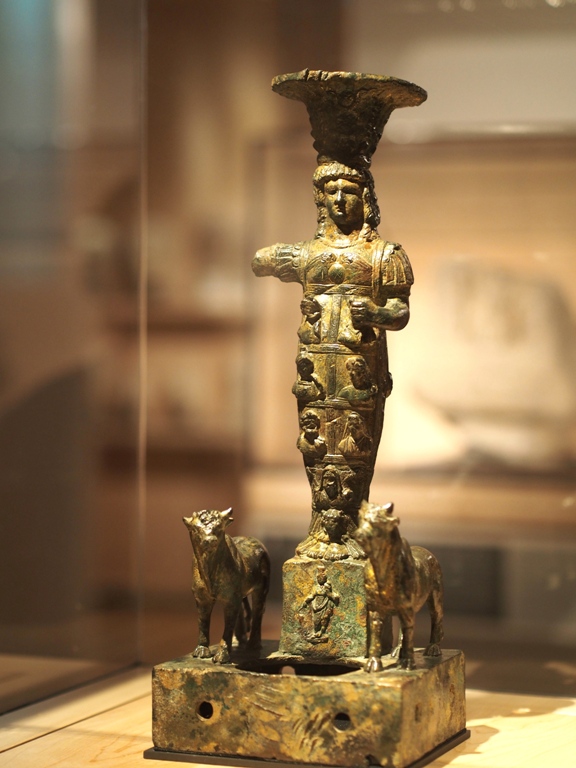No visit in Europe is ever complete without visiting what is considered as the world’s largest museum. Having 11 collections all in all, excluding the history of the Louvre and Medieval Louvre Collection, (Near Eastern Antiquities, Islamic Art, Egyptian Antiquities, Greek and Roman Antiquities, Decorative arts, Sculptures, Prints and Drawings, Paintings, Coptic arts, The East Mediterranean in the Roman Empire, and lastly the Arts of Africa, Asia, Oceania, and the Americas) it is overwhelming to simply go inside the Louvre and start from there. That’s why we have a guided series on helping you plan your next visit to this historic museum starting with the notable pieces in the lower ground floor.
TIP! Make sure to always get the information map that they offer for download on their website and print them out so that moving from one collection to the other won’t be as confusing. Audio guides for smartphones are also available. Be sure to visit their website (http://www.louvre.fr) to have a complete guide of the floor plans as well as the collections available.
Mary Magdalene by Gregor Erhart
1510 (Sculptures room C)
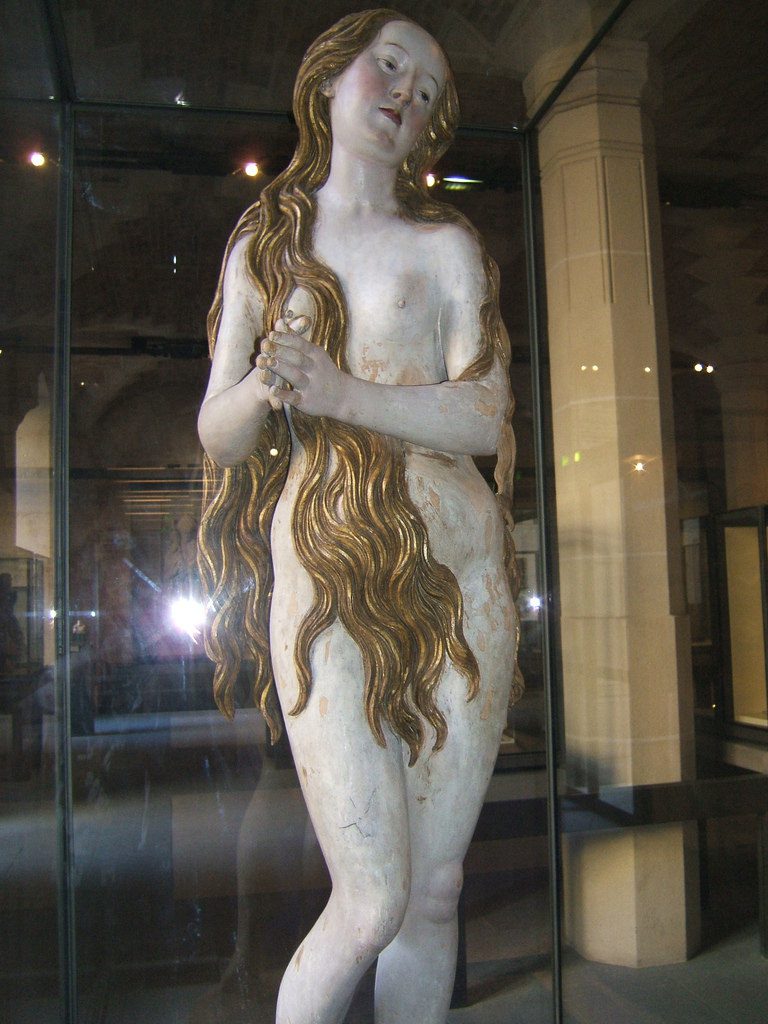
The Marly Horses by Guillaume I Coustou
1745 (Sculptures – Courl Marly)
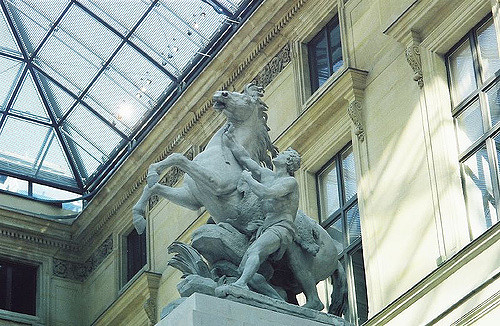
Al-Mughira’s Pyxis
968 (Islamic Art room A)
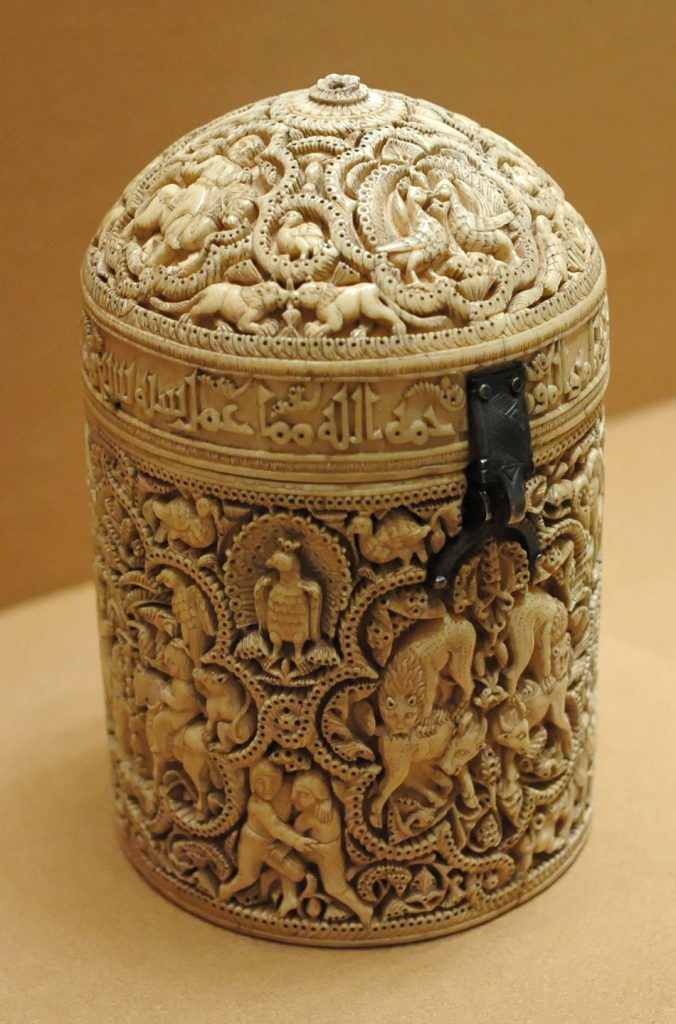
Portrait of a Woman Known as L’Europeenne
2nd Century AD (The East Mediterranean in the Roman Empire room I)
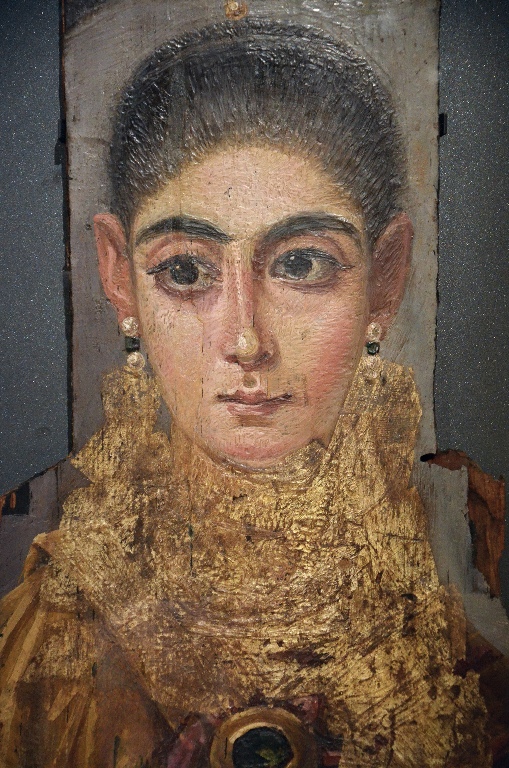
Jupiter Heliopolitanus
2nd Century AD (The East Mediterranean in the Roman Empire room 3A)
